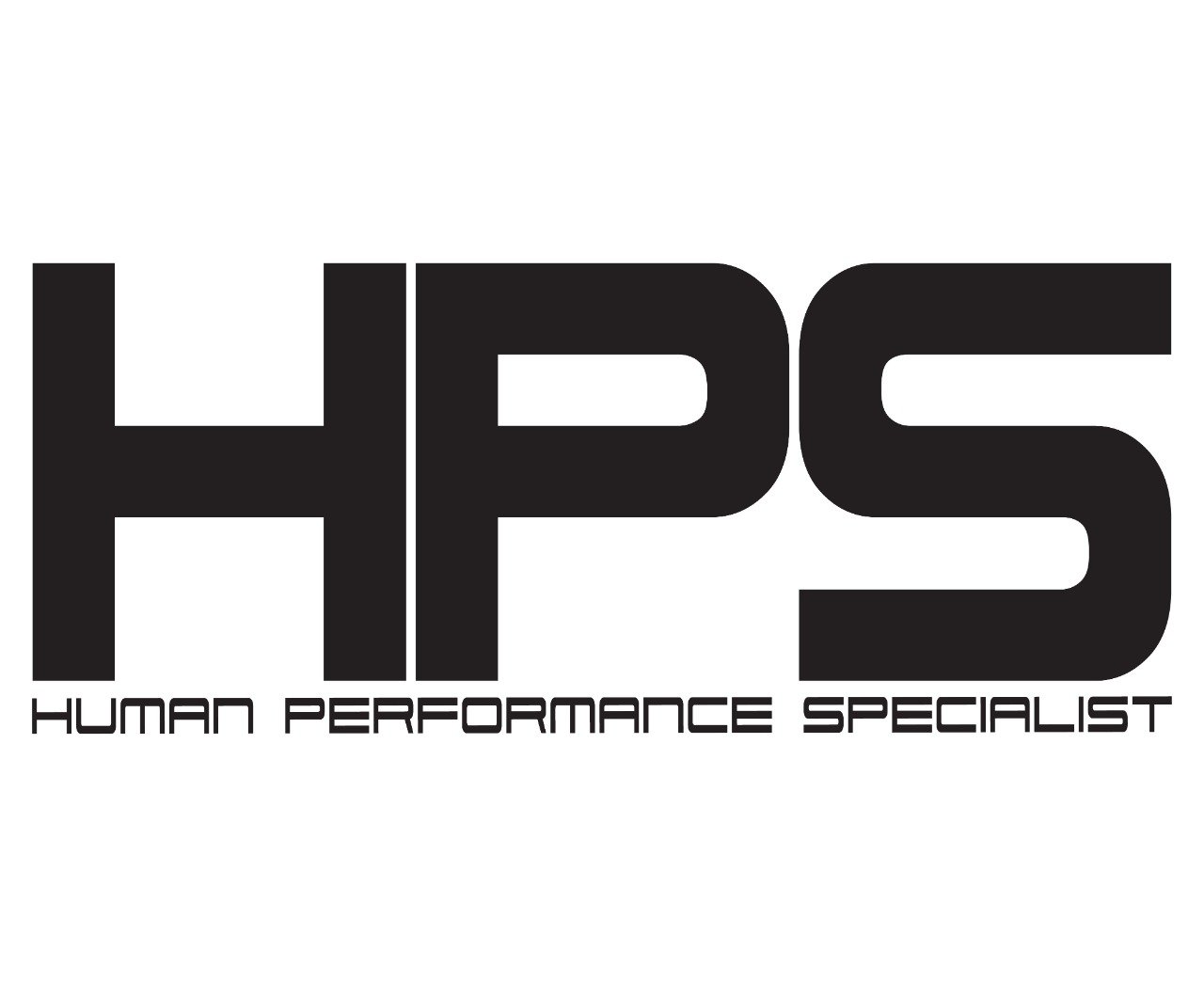Recovery: The Overlooked Secret to Strength
Most people treat recovery as optional. At HPS, we know it is the most important part of performance. Without it, muscles do not adapt, hormones do not reset, and progress stalls.
Training breaks the body down — recovery builds it back up. It is not rest for the sake of slowing down; it is a strategic reset that allows your body to adapt, grow, and come back stronger.
Why Recovery Matters
Every rep, run, or workout creates small amounts of controlled stress. That stress signals your body to get stronger, faster, and more resilient — but only if you give it the resources and time to respond. When recovery is neglected, small aches become injuries, motivation fades, and performance declines.
Good recovery does more than reduce soreness. It improves mobility, restores balance between overused and underused muscles, and strengthens your connection to your body. It is what keeps you moving forward instead of breaking down.
The HPS Approach
At HPS, recovery is not a passive process. It is an active practice built into every training plan. We treat it as both physical and mental — the foundation for sustainable performance and long-term health.
Here’s how we approach it:
1. Myofascial Release and Mobility
Foam rolling and targeted mobility work prepare muscles to move well and recover faster. Think of the foam roller as a dimmer switch — not turning your muscles off, but easing tension so you can perform better. We focus on the calves, quadriceps, hip flexors, and upper back — the areas most prone to tightness and restriction.
2. Active Restoration
Movement can be recovery, too. A light walk, a yoga session, or gentle stretching can improve circulation and speed up the repair process. The key is movement that restores without adding stress.
3. Rest and Routine
The most effective recovery plans are consistent. That means prioritizing regular sleep schedules, keeping your phone off after 9 p.m., and setting a bedtime you actually protect. These habits are what make the physical recovery work you do pay off.
4. Self-Care as Training
Recovery goes beyond the body. Massage therapy, relaxation, even talking with a therapist all help reduce stress and create the conditions for performance. At HPS, we call this “training the internal environment.” It is just as important as lifting, running, or stretching.
Injury Prevention Starts Here
Our priority is to keep clients training and pain-free. Injuries are not just physical setbacks — they affect confidence, mood, and momentum. When recovery is built into your program, injury prevention happens naturally.
Every exercise program at HPS includes a recovery plan personalized to the individual’s goals and life. Whether you are a 25-year-old athlete or a 65-year-old pickleball player, the same principle applies: train hard, recover harder.
Building a Body That Lasts
Long-term strength does not come from doing more; it comes from doing what matters most, consistently. Recovery is what turns effort into results. It is how you stay in the game, avoid burnout, and make every session count.
At HPS, we help clients think of recovery not as the space between workouts, but as part of the workout itself — the essential link between what you do today and what your body can do tomorrow.
Because the truth is simple: if you do not recover, you do not adapt. And if you do not adapt, you do not improve.
Next: [Sleep – The Most Underrated Performance Tool You Have]
